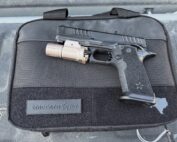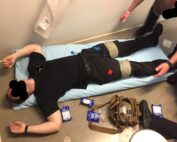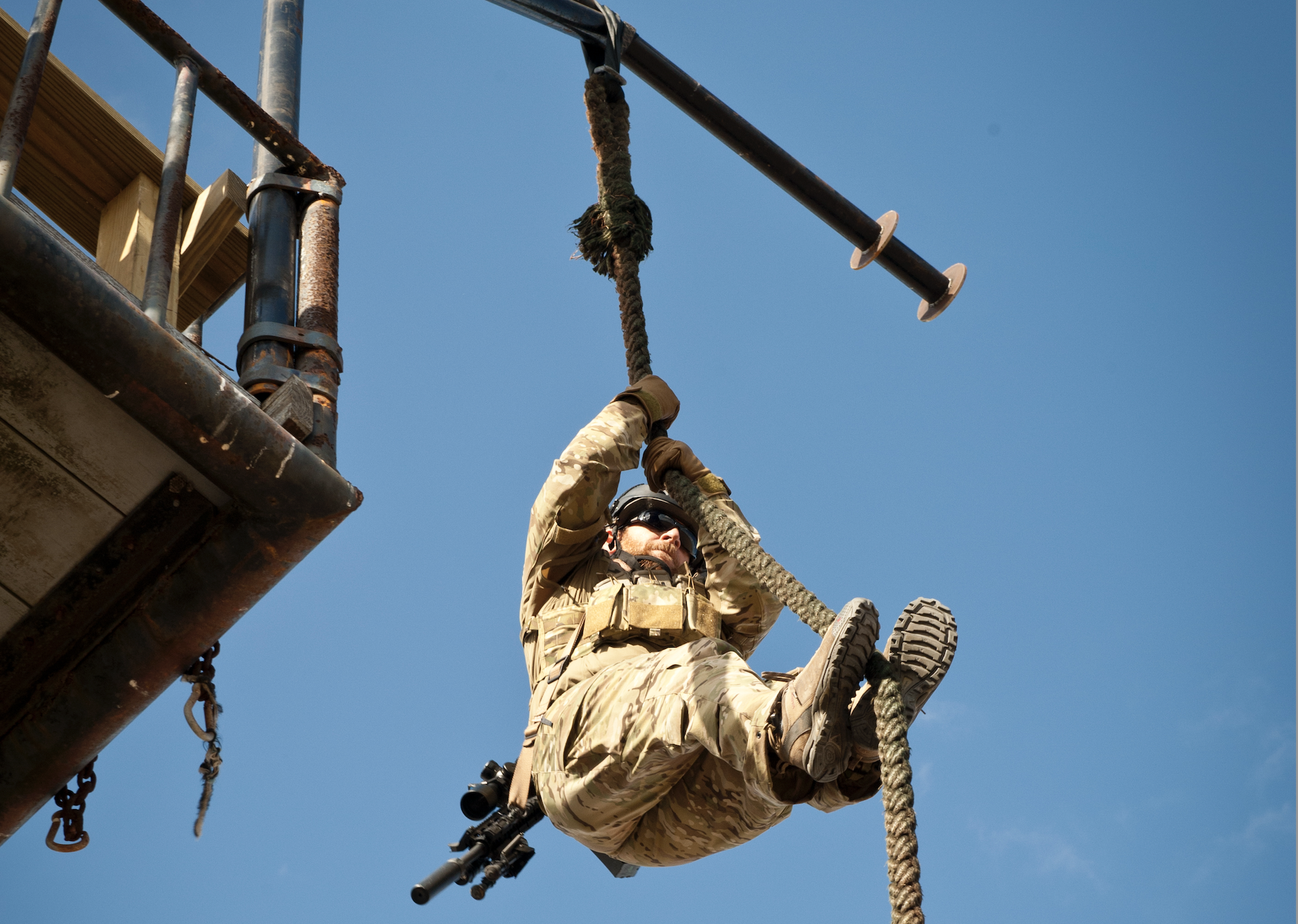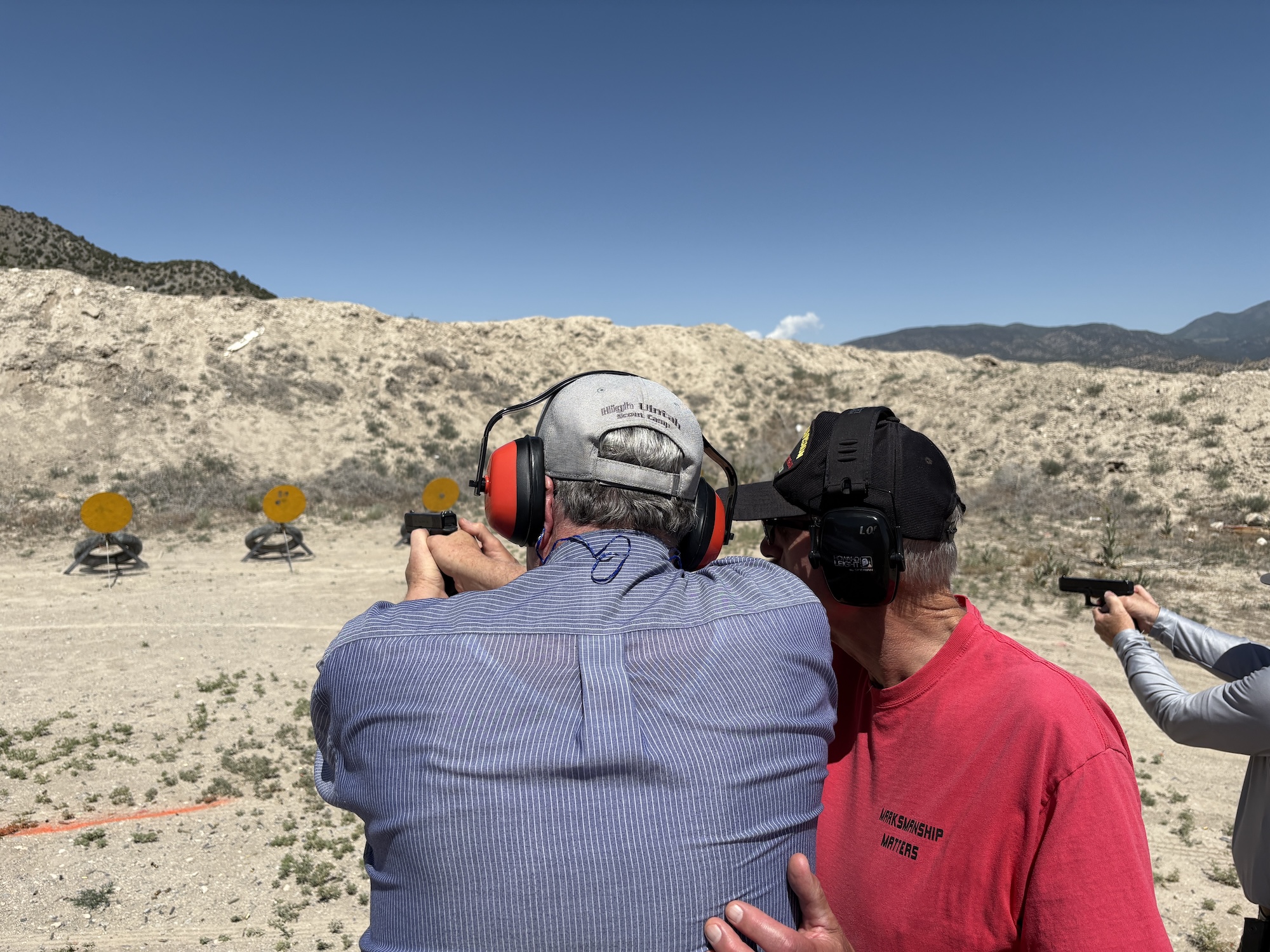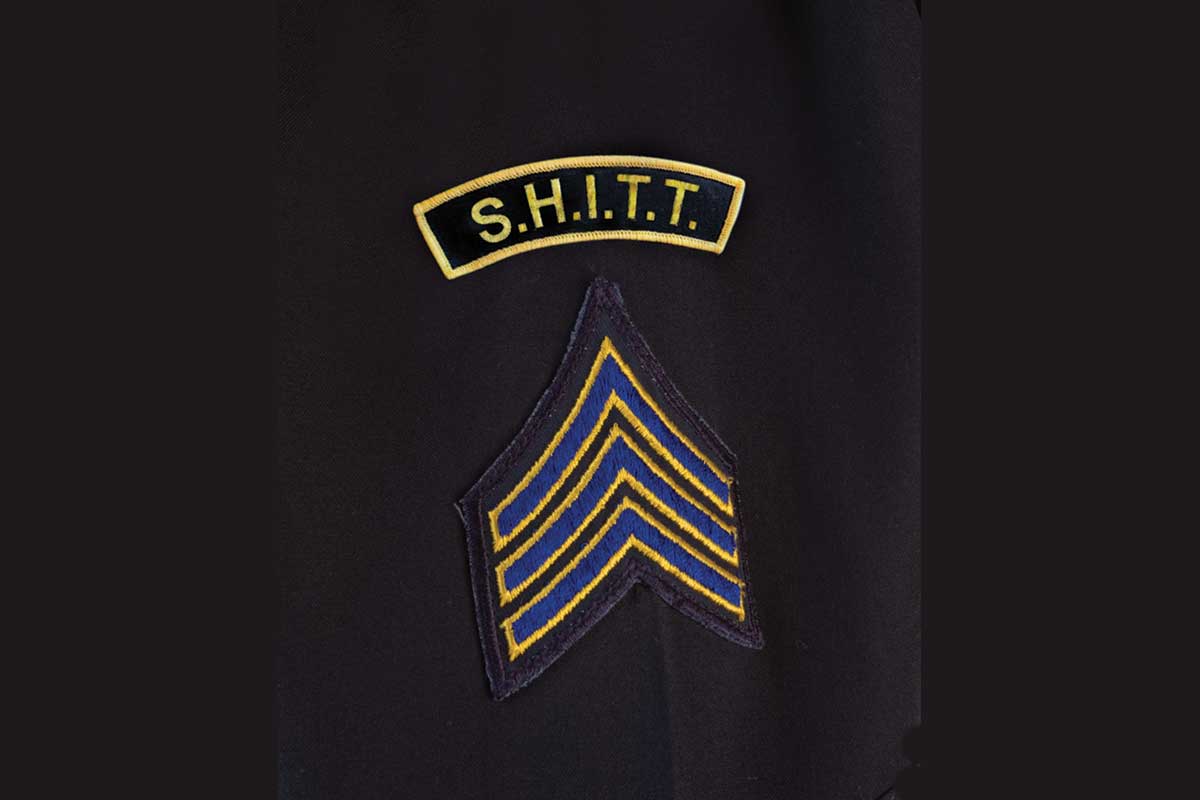
ACSO06_Street_1-800
Perhaps the most gratifying thing a police supervisor can hear is one of his officers telling another, “Yeah, the sarge really has his shit together,” or any of those other scatological allusions which convey the message that you are a master of your craft — and your troops recognize and respect it.
How many times have you heard that statement applied to anyone during your career? Pretty rare, isn’t it?
The best thing about wearing three stripes is leading people you respect, and having them respect you. The best way to achieve that is to constantly strive for greater knowledge and proficiency yourself and then to religiously pass it on. It’s a fundamental function of leadership — tough to make time for between paper-pushing and jumping to react to emergent situations —but the difference between a cookie-cutter “standard sergeant” and a real supervisor/mentor lies in delivering more than what’s required, and doing it in an intelligent and reasoned fashion.
I rely on formulae and methodology to lend some structure and sanity to the sergeant’s role. One of the most successful was one I called S.H.I.T.T. Whatever you call that block of time you have with your troops — line-up, squad briefing, team conference, whatever — you can use S.H.I.T.T. to add substance to the usual lifeless litany of beat assignments, department orders and info-crap. It stands for Skills, Humor, Information, Tactics and Technology.
GETTING YOUR S.H.I.T.T. WIRED
You don’t have to get crazy with this, or try to include a slice of more than one or two categories in each briefing. Just establish a pattern of giving something “above and beyond,” no matter how small, every time. Then occasionally, and with advance notice, give ’em something a little more in depth, more formally.
SKILLS
It’s a sad fact that most officers today know very little about their issue sidearm, and almost nothing about the guns they often seize and impound. Horror stories and near-tragedies are epidemic. Do your officers know how to “render-safe” a loaded cap-and-ball revolver? An UZI? A non-ejector box-lock shotgun? An HK MP-5?
Do they know how to tie and use a “blind rescue bowline,” to hoist themselves or a victim on a rope? It could be worth their lives. How to start up and move some common forms of heavy equipment, like tractors, backhoes, a diesel semi? In the dark, can they orient themselves by the stars or use the Mil Scale on military/police binoculars?
Are your people up to speed with the use of HemCon and Quik Clot hemorrhage control preparations? They should be, and you too.
For every one skill taught in the Academy or In-Service Training, there are 50 unaddressed. That’s your job, and your honor.
HUMOR
The more professionally demanding you are with your troops, the more you owe them some laughs when they come to work. The news services and Internet (and Commander Gilmore’s column, “On The Job,” in this magazine) abound with stories of stupid crooks, like officers in Turkmenistan who were ordered to sniff people’s breath to detect if they’re chewing a popular narcotic made from tobacco, lime and chicken feces; or the two German cops in Stuttgart who were cornered in a shed by a vicious nine-pound rat and had to put a dozen rounds in him before he dropped.
When you face your officers and say, “And our Stupid Crook of the Week is,” or “So you guys think you’ve got it bad?” — and they visibly relax and smile in anticipation — then you know you’ve got it right.
INFORMATION
Payroll policies, injury and illness reporting, overtime and vacation accounting, and on and on — these ever-changing bureaucratic booby-traps cause street cops more grief than taking a kick in the zipper from a crook. Officers are bombarded with this crap, and they need someone to digest and interpret it for them. That’s you.
Go over all incoming materials with two highlighters — one to mark the critical points for you, and one to highlight the bullets for them. Yeah, they’re supposed to read, absorb, and memorize reams of administrative info— and we both know that’s not happening. Give ‘em the bullets at Line-Up with, “You all got copies of AdminReg 18-A. Read it when you can, but here’s the dog that’ll bite you if you’re not careful, okay?” Be a resource. Keep your own library of rules & regs up to date, but also organized and available for your officers.
TACTICS
Things you can’t go over enough include high-risk vehicle stops, felony pedestrian take-downs, handgun retention, clearing stairwells, coordinated room-to-room searches, two-officer suspect control and the list goes on. Tactical reviews are like the best medicines: even small doses can save lives.
TECHNOLOGY
Even if your agency doesn’t have the gear or only SWAT has it, your people should be familiar with night vision devices, thermal imaging and biothermal locating equipment, laser and infrared sighting and targeting systems — and you’re the one guy to introduce them. Do you even know what the Remington “Eye Ball” is? If you don’t, then find out, pal — it has to do with “super- vision.”
John Morrison served in combat as a Marine sergeant, and retired as a senior lieutenant from the San Diego Police Department, having served there as Director of Training, Commanding Officer of SWAT and division executive officer. He has taught, written and lectured widely on training, tactics and leadership. Contact him at [email protected].


 (No Ratings Yet)
(No Ratings Yet)